<< Previous | Displaying results 3101-3125 of 6772 for "" | Next >>
Chart with the title "Die Nürnberger Gesetze" [Nuremberg Race Laws]. In the fall of 1935, German Jews lost their citizenship according to the definitions posed in these new regulations. Only "full" Germans were entitled to the full protection of the law. This chart was used to aid Germans in understanding the laws. White circles represent "Aryan" Germans, black circles represent Jews, and partially shaded circles represent “mixed raced” individuals. The chart has columns explaining the…
![Chart with the title "Die Nürnberger Gesetze" [Nuremberg Race Laws]](https://encyclopedia.ushmm.org/images/thumb/109130bd-4617-43ad-a556-d2955f1a4aa3.jpg)
Eugenics poster entitled "The Nuremberg Law for the Protection of Blood and German Honor." The illustration is a stylized map of the borders of central Germany upon which is imposed a schematic of the forbidden degrees of marriage between Aryans and non-Aryans and the text of the Law for the Protection of German Blood. The German text at the bottom reads, "Maintaining the purity of blood insures the survival of the German people."
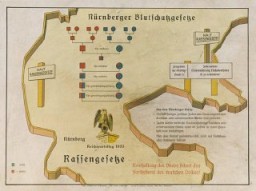
33rd Nazi propaganda slide of a Hitler Youth educational presentation entitled "Germany Overcomes Jewry." The text in German reads: "Zum Schutze des deutschen Blutes vor fremdrassiger Vermischung erliess der Fuhrer die." Translation: "For the protection of German blood against alien race mixing the Führer issued Nuremberg Laws."

This image shows a 1935 poster by the antisemitic Der Stürmer (Attacker) newspaper. The poster justifies prohibiting “interracial” relationships between Jews and non-Jews under the Nuremberg Race Laws. Many Germans reported suspicions of the “crime” of interracial relationships to the police. The police needed the public to be their “eyes and ears” in this and other matters. Informers were variously motivated by political beliefs, personal prejudices, the desire to settle petty quarrels, or…
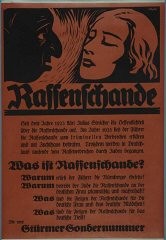
Fritz Glueckstein (left) on a picnic with his family in Berlin, Germany, 1932. Fritz's father was Jewish—he attended services in a liberal synagogue—and his mother was Christian. Under the Nuremberg Laws of 1935, Fritz would be classified as mixed-raced (Mischling), but since his father was a member of the Jewish religious community, Fritz was classified as a Jew.
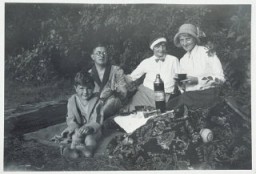
Two Jewish girls (cousins Margot and Lotte Cassel) ready for their first day of school in Breslau, Germany, ca. 1937. As was traditional for all children in Germany, the cones were filled with treats to celebrate their first day of school. Margot's father, Saul, worked in the Tietz department store until he was dismissed following the enactment of the Nuremberg Laws.
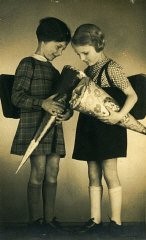
Funeral procession for victims of the Kielce pogrom. Kielce, Poland, July 1946.
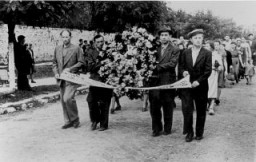
Mourners and local residents shovel dirt into the mass grave of the victims of the Kielce pogrom during the public burial.
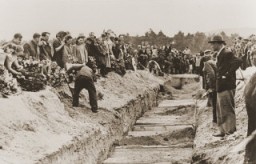
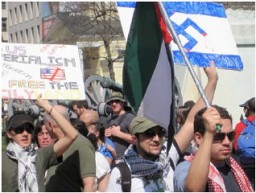
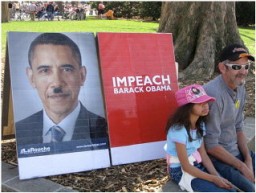
The cover of a diary written by Elizabeth Kaufmann while living with the family of Pastor André Trocmé in Le Chambon-sur-Lignon. Le Chambon-sur-Lignon, France, 1940–41.
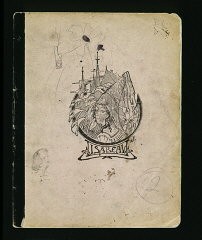
Page from a diary written by Elizabeth Kaufmann while living with the family of Pastor André Trocmé in Le Chambon-sur-Lignon. Le Chambon-sur-Lignon, France, 1940–41.
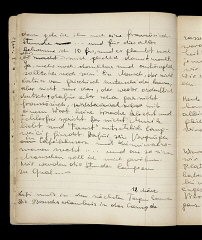
Illustrated page of a child's diary written in a Swiss refugee camp. The diary entry describes how they crossed the border into Switzerland. The text reads, "We came out of the woods and into a clearing: we had to be as quiet as possible because we were so close to the border. Oh! I almost forgot! Before we came out of the woods, they made us stand still for a quarter of an hour while they went to explore the area and to cut through the fence. Fortunately, shortly thereafter, we began to walk again. We saw…
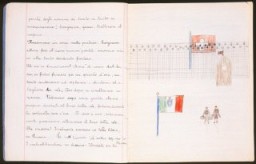
Illustrated page of a child's diary written in a Swiss refugee camp. The diary entry describes how they crossed the border into Switzerland. The text reads, "We came out of the woods and into a clearing: we had to be as quiet as possible because we were so close to the border. Oh! I almost forgot! Before we came out of the woods, they made us stand still for a quarter of an hour while they went to explore the area and to cut through the fence. Fortunately, shortly thereafter, we began to walk again. We saw…
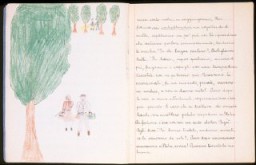
Otto Wolf (1927-1945) was a Czech Jewish teenager who chronicled his family's experience living in hiding in rural Moravia during World War II. His diary was published posthumously. This image shows book 4 of Otto Wolf's diary. This is the first entry by Felicitas Garda (Otto Wolf's sister) dated April 17, 1945. Felicitas continued Otto's diary after his disappearance.
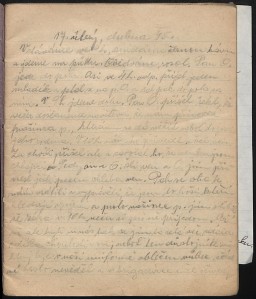
Kitty Weichherz, pictured here in a photograph taken before World War II began, was born in December 1929. This photo was taken from a diary of Kitty's life written by her father, Bela Weichherz. After Kitty's birth, Bela started to keep a diary of his daughter's life. He made entries recording her childhood in Czechoslovakia until the family was separated and deported during the Holocaust. His last entry reads "I only wish that we can go together." Kitty and all of her immediate family perished in the…
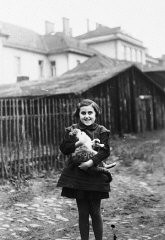
Defendant John Demjanjuk comments on documents being viewed on a large screen in court. Jerusalem, Israel, July 27, 1987.
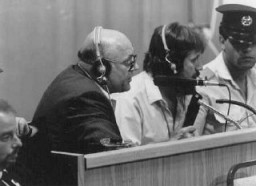
Defendant John Demjanjuk crosses his heart upon hearing the pronouncement of his death sentence. Jerusalem, Israel, April 25, 1988.

At Der ewige Jude (The Eternal Jew), a Nazi anti-Jewish propaganda exhibition, a case features "typical Jewish external features." Munich, Germany, November 1937.
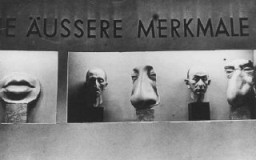
A notice posted by a student group calling for Romanians to protest against the rights of Jews. Iasi, Romania, 1941–1942.
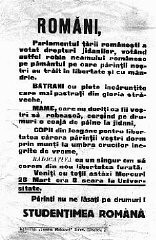
Insignia of the 30th Infantry Division. The nickname of the 30th Division was Old Hickory, named after President Andrew Jackson.
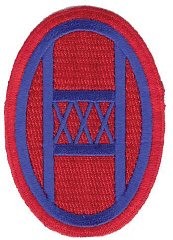
Marc Chagall, the Russian Jewish artist, at work in his studio in southern France. Gords, France, 1940.
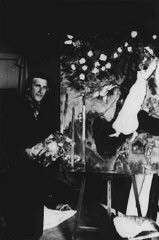
Max Brod, a Czech-born Jewish author and composer who wrote in the German language. An active Zionist, he succeeded in leaving for Palestine in 1939. Prague, Czechoslovakia, February 27, 1937.
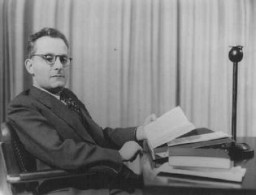
Sigmund Freud: Massenpsychologie und Ich-Analyse, cover. In 1933, Nazi students at more than 30 German universities pillaged libraries in search of books they considered to be "un-German." Among the literary and political writings they threw into the flames were all the works of Sigmund Freud that were published by 1933.
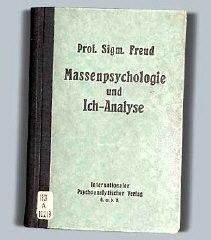
Portrait of Sigmund Freud. Freud's writings were burned during the 1933 book burnings.
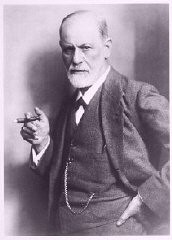
We would like to thank Crown Family Philanthropies, Abe and Ida Cooper Foundation, the Claims Conference, EVZ, and BMF for supporting the ongoing work to create content and resources for the Holocaust Encyclopedia. View the list of donor acknowledgement.